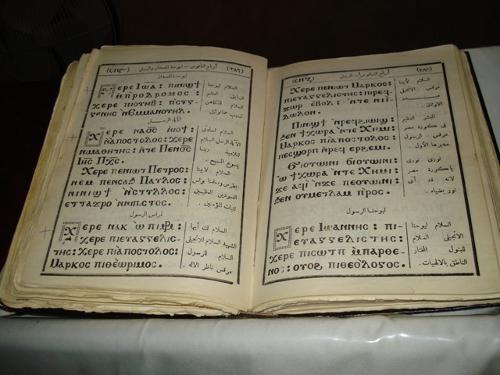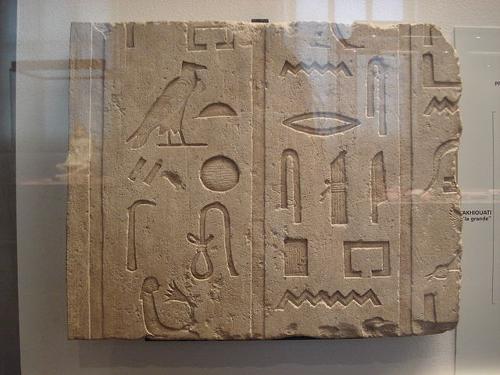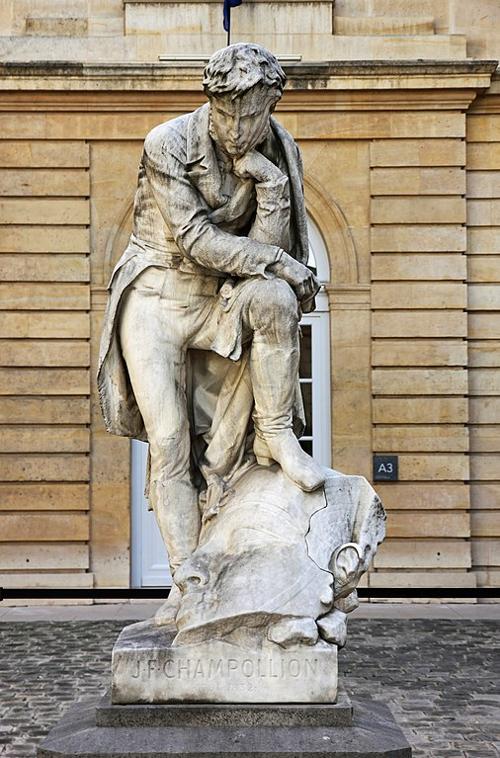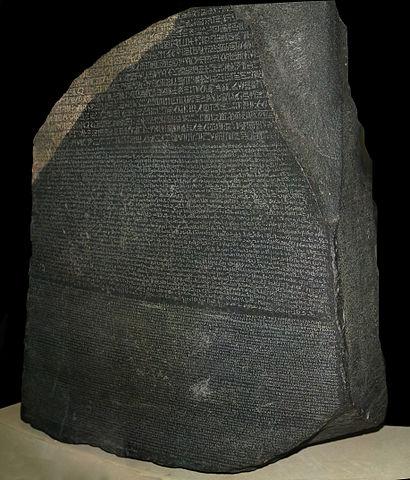EGYPT
Language

Language

Cities in EGYPT
| El gouna | Hurghada | Makadi bay |
| Marsa alam | Sharm el sheikh |
Language
The official language in Egypt is Egyptian Arabic, which is spoken by about 98% of the population. Egyptian Arabic is actually a dialect of Modern Standard Arabic. Egyptian Arabic is the most important of all Arabic dialects, not only because of the large number of Egyptians, but also because the country is the leading producer of film, radio and television programs in the Arab world. The transcription from the Arabic script to the Roman alphabet is not easy, and different spellings for the same word can be encountered.
The Arabic script consists of 28 letters and is written from right to left; Arabic numerals, on the other hand, are written from left to right. In addition to this language, Nubian, Coptic and Berber (in Siwa) still exist.
The Coptic language has its origins in Greek and Egyptian hieroglyphs. The Coptic language is still used in religious ceremonies. The name Coptic only originated after the Arab conquest. The Greeks called the land Aiguptos and the inhabitants Aigupti. This was corrupted by the Arabs to Gupti, from which Copts is derived. So Coptic literally means as much as "native Egyptian". Bible in the Coptic languagePhoto: Lollylolly78~commonswiki CC 3.0 Unported no changes made
Bible in the Coptic languagePhoto: Lollylolly78~commonswiki CC 3.0 Unported no changes made
The Nubian language has nothing to do with Arabic. Ethnologically, it is spoken Nubian to be divided into Fiadidja-Mahas and Kenuzi-Dongola.
Fiadidje-Mahas is spoken in Sudan, although more than 50% of Nubians in Egypt are Fiadidja. In Egypt this language is spoken by all Nubians living south of Kunuz. Fadidja and Mahas are two variants that hardly differ from each other.
Kenuzi-Dongola is spoken by the Nubians of Dongola in Sudan and Kunuz in Egypt. Most of the people from Dongola and Kunuz understand those who speak Fadidja-Mahas.
English and French are also spoken by educated Egyptians.
Below are some Arabic words and expressions in a simple phonetic transcription:
Yes = naAm
No = laa
Thank you = sjokran
I don't understand = ma afham
Left = jasaar
Right = jamien
One = waaHed
Two = ethneen
Three = thalaathah
Hundred = me’ah
Thousend = alf
Sunday = jom al-aHad
Wednesday = jom al-arbeAa
Summer = aS-Seef
Winter = asj-sjeta
Ik wdon't know = ma aAref
I'm veryy sorry = aasef jeddan
Where is the toilet = wien at-towaaliet Upper row hieroglyphics, lower row ArabicPhoto: Davide Mauro CC 4.0 International no changes made
Upper row hieroglyphics, lower row ArabicPhoto: Davide Mauro CC 4.0 International no changes made
Hieroglyphs
Three types of writing were in use in ancient Egypt. An originally secret language for the priests, the hieratic script, the demotic script, intended for daily use by the people, and the hieroglyphic script.
Hieroglyphs date back to c. 3200 BC. and are the oldest known script in the world. The word "hieroglyph" means "sacred engraved letter" and refers to the pictorial script used by the ancient Egyptians to express their faith. The Egyptians themselves also called the hieroglyphs the gods words. Hieroglyphic writing was originally purely "pictorial", and the signs initially meant exactly what they represented. Gradually the pictograms took on a general meaning and concepts and ideas were also displayed.
Hieroglyphs were mainly carved on monuments and can be read from left to right, right to left or from top to bottom. Because it was a very complex writing system, characters that were easier to write were developed over the centuries. The last datable inscription is that on Hadrian's Gate at Philae from 394. Egyptian hieroglyphsPhoto: Vania Teofilo CC 3.0 Unported no changes made
Egyptian hieroglyphsPhoto: Vania Teofilo CC 3.0 Unported no changes made
It took years of practice to master the art of hieroglyphics. The specially trained writers belonged to the social elite.
There are three main types of hieroglyphs. "Phonograms" convey the sounds of syllables, "ideograms" depict the object or action itself, it "determinatively" confirms, changes or indicates the meaning of the adjacent word. A complicating factor is that many symbols can represent all these types. Reading is further complicated by the fact that words and sentences are neither separated by distances nor by punctuation marks. One aid is that symbols of animals and people always look at the point where the text begins.
The person who first succeeded in deciphering hieroglyphs was the French linguist Jean-François Champollion, in 1822. The key to reading hieroglyphs was found on a black granite stela, the 'Rosetta stone', discovered by the Napoleon's soldiers in 1799. Statue of Jean-François Champollion, EgyptPhoto: NonOmnisMoriar CC 3.0 Unported no changes made
Statue of Jean-François Champollion, EgyptPhoto: NonOmnisMoriar CC 3.0 Unported no changes made
It had a text in three scriptures: hieroglyphs (14 lines), Demotic (32 lines) and Greek (54 lines). By deciphering the three texts and comparing them, he managed to decipher the hieroglyphs. The text is a decree from 196 BC, written by priests who were together in Memphis at the time. They expressed their gratitude to Pharaoh Ptolemy for taking good care of the faith and the temples.
He first realized that there were different types of hieroglyphs with different functions. This is how he discovered the basis of hieroglyphic writing. Initially, approximately 700 symbols were used. Later, in the time of the Ptolemies, about 1000 symbols were used. Hieroglyphs were used to record profane bills, treaties and court protocols in addition to "ordinary" texts. Rosetta stone, EgyptPhoto: Hans Hillewaert CC 4.0 International no changes made
Rosetta stone, EgyptPhoto: Hans Hillewaert CC 4.0 International no changes made
The Egyptians mainly used the "papyrus" as writing material, made from the papyrus plant, the Cyperus papyrus. The stem of the plant was divided into strips, which were pressed together in two layers, transverse to each other. The sheets of "paper" were then assembled into rolls. The plant, the sheets, the scrolls and the texts and images applied to them became known as "papyrus". Papyrus remained in use as a writing material until the 10th century. The text was applied with a writing reed dipped in ink. Often the hieroglyphs were provided with a color.
Sources
Ambros, E. / Egypte
Het Spectrum
Botje, H. / Egypte : mensen, politiek, economie, cultuur, milieu
Koninklijk Instituut voor de Tropen
Dunford, J. / Egypte
Van Reemst
Grünfeld, R. / Reishandboek Egypte
Elmar
Innemee, K. / Egypte
Gottmer/Becht
Kreissl, B. / Egypte
Elmar
Laet, R. de
Egypte
Rooi, M. de / Egypte
ANWB
Sattin, A. / Egypte
Van Reemst
CIA - World Factbook
BBC - Country Profiles
Copyright: Team The World of Info